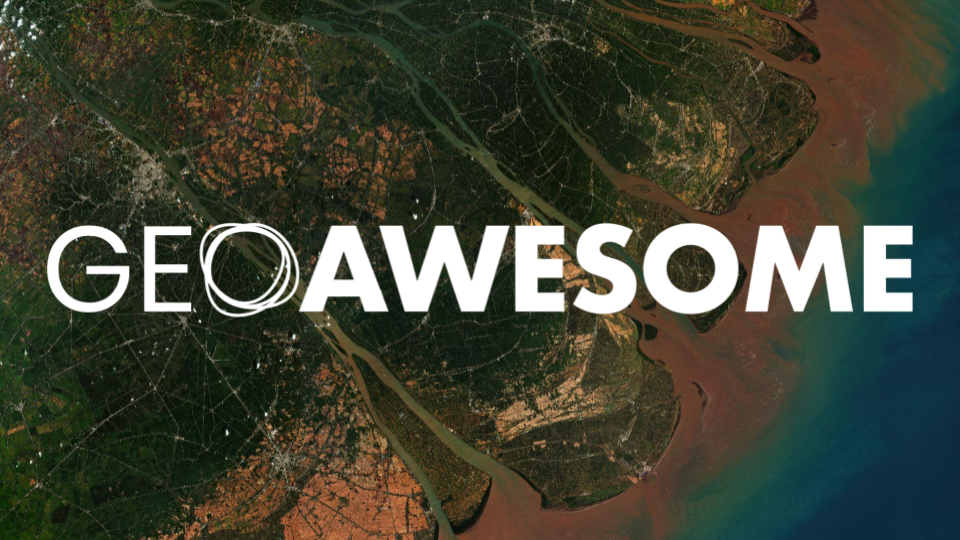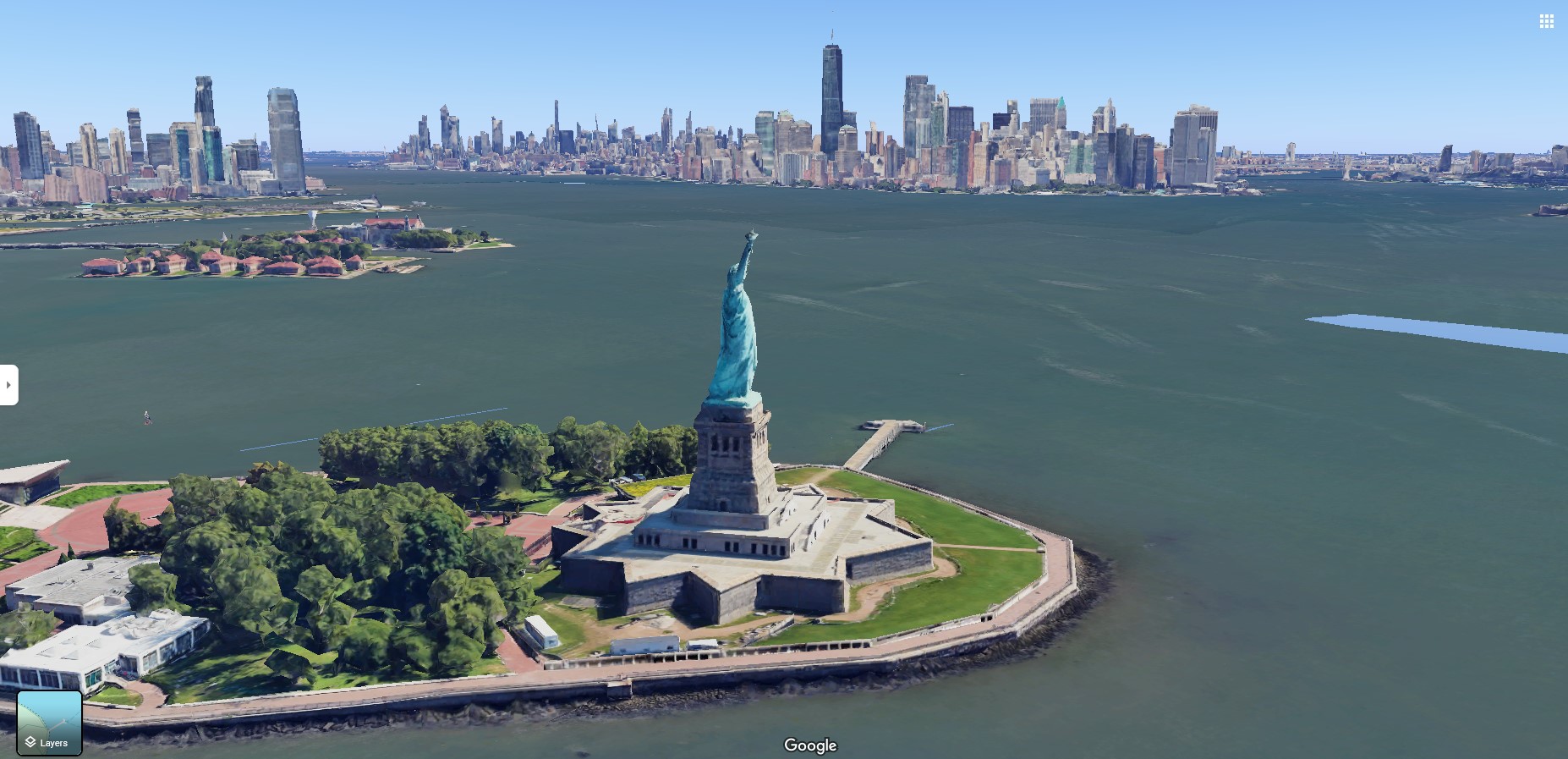
Reintroducing Ourselves as Geoawesome: Entering an Era of Collaborative Storytelling
We’re thrilled to announce the launch of our new brand identity, marking an exciting chapter in our journey!
Our name refresh
For years, we have dedicated ourselves to telling the stories of the people dreaming up geo-innovations to study and navigate our planet—fueled by a passion for all things location. Now, we’re embarking on a new chapter.
Introducing: Geoawesome. A small, yet mighty step for geo-awesome-kind.
Geoawesome is more than just a name change. It’s a renewal of our unwavering dedication to bringing ideas, stories, people, and projects together. Our vision has always been to foster an open community that everyone is able to join, contribute towards, and feel heard.
This rebrand has been a process. In the works for over a year, we released our refreshed logo in 2022, and are finally excited to officially announce our name change and much more.
Going forward, we want to build on our 13 years of storytelling by inviting our readers to take part.

Collaborative storytelling
Enter the era of collaborative storytelling: our ethos centers around both authors and audiences telling stories. From geospatial giants and savvy startups to data science students and Earth observation researchers— our vibrant community collectively crafts, shares, and consumes stories.
Right now, the industry is in a state of flux. There are so many challenges that need to be first, talked about, then solved.
We encourage this collaboration between the community and industries to address issues surrounding geospatial technologies. Whether through conversation at events or from questions in interviews, we pride ourselves on creating an environment that allows curiosity-driven discussions to take root, grow, and flourish.
This cross-pollination of ideas and perspectives drives conversations and collaborations and, in turn, leverages geospatial data, tools, and expertise.
Join our circle of industry partners
So, if you’re a geospatial company, we want to hear from you! We know it’s hard to inspire people about your brand when you’re the one telling them about it. That’s where we come in.
Brands both big and small rely on Geoawesome to get the message across to the right audience. We’re looking for geospatial organizations that want to amplify their own efforts while connecting with the geospatial community you’re looking for.
Be a part of the Geoawesome experience. Contribute your stories, insights, and expertise by pitching articles or partnering with Geoawesome to connect with the community on the geospatial topics that matter most.
Key elements of our rebranding include:
- A bold, modern logo released already, capturing the essence of Geoawesome
- Refreshed offerings and services for industry partnerships
- A renewed focus on fostering strong industry partnerships and collaborations to drive community and connection e.g. reports, events, featured articles, etc
- A rebrand video reintroducing Geoawesome to the world.
- A new editorial series called Geoawesome Maps of the World – a curated collection of the most awesome maps of the world from a geospatial perspective
- A new video series, You Are Geoawesome, showcases the innovative work and inspiring stories of companies and individuals in the geospatial industry through micro-interviews.
- Calls for contributing writers to pitch topics, spotlight changemakers, and express opinions
Here’s to the future
Thirteen years on, our enthusiasm for the future of geospatial technology is as vibrant as ever! Our recent rebranding has infused us with renewed energy and sharpened our focus on driving innovation in the geospatial field while deepening our commitment to our community. We’re excited to embark on this next chapter together, pushing the boundaries of what’s possible.
Don’t miss the latest news! Read more and subscribe to our monthly newsletter!














